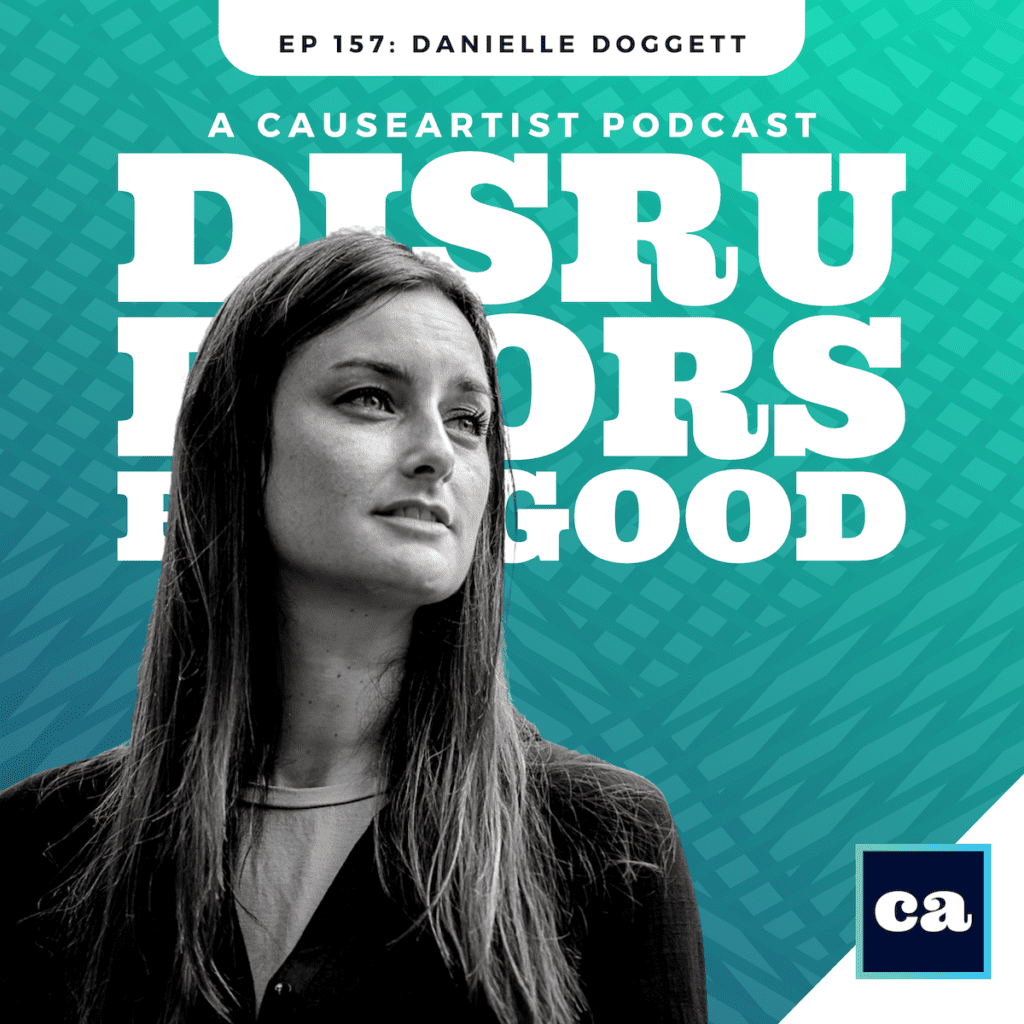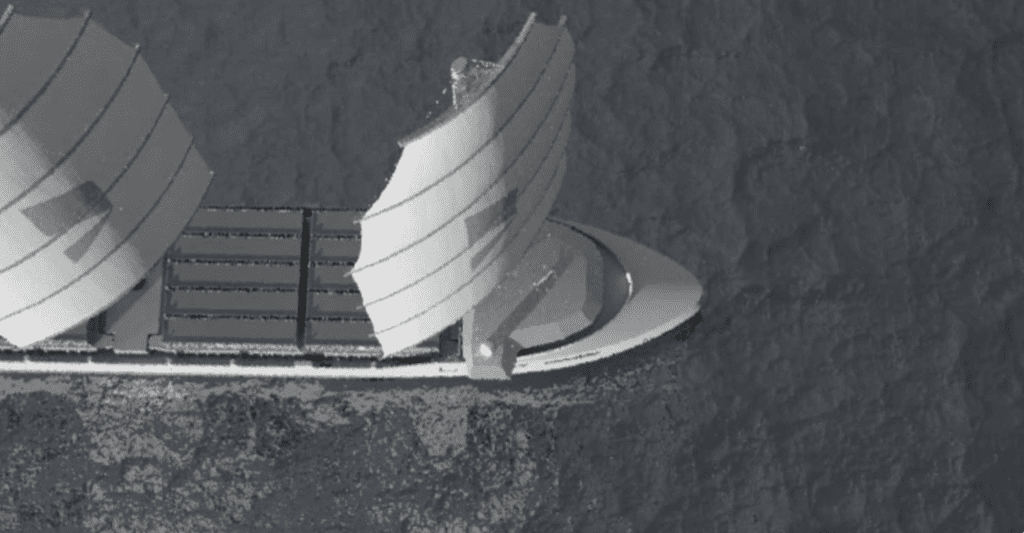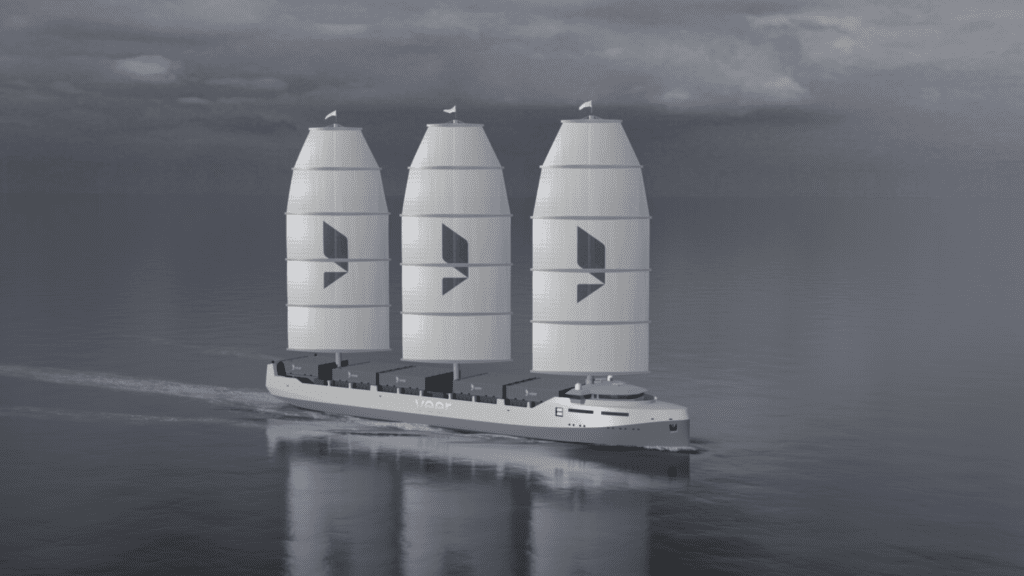In Episode 157 of the Disruptors for Good podcast, Causeartist contributor, Rafael Aldon, speaks with Danielle Doggett, Founder and CEO of Veer, on the clean future of the $1T shipping industry.
Listen to more Causeartist podcasts.
Danielle has dedicated her life to the sea, she was named by the Royal Institute of Naval Architects as one of the most influential women of the past century. Her mission is to be the clean shipping generation leader.
Danielle accepted a gold medal from the governments of Canada and Costa Rica on behalf of SAILCARGO INC., a company she founded. From the Great Lakes of Canada, Danielle began sailing at age 13. A graduate of the ‘’Enkhuizer’’ Sea Academy, she learned Dutch to graduate.

She holds a 200T masters ticket which empowered her to captain the flagship of Barbados, schooner Ruth. Danielle wrote and implemented the successful launch of Ruth, which was the largest ship built in the history of the country.
She is also co-founder of a Costa Rican non-profit, AstilleroVerde, that plants thousands of trees and creates jobs in a vulnerable coastal community.
Each year Danielle’s company sponsors a young lady to sail on the St. Lawrence II – a ‘’thank you’’ to the ship that first inspired her.
She is graduate of the Enkhuizer Nautical College of the Netherlands. As a result of her work across the Caribbean, Danielle is an adviser to the Caribbean Sail Training Association.
About Veer
Veer delivers a solution for the future fleet: clean, resilient shipping. A series of fast container vessels with a modular design that are cost competitive.
In order to implement the next generation of innovative coastal and ocean tools and services that reduce social and environmental risk to oceans, Veer provides clean shipping using DynaRig sail technology paired with green hydrogen fuel cells.
The global fleet, valued at $1.2T USD, has pressure to innovate. The essential service uses the world’s least refined fuel, causing up to 3% of global emissions. Fuel costs are 50-60% of ship operating costs, a volatile expense.


The first design of Veers ships can travel at 18 knots under sail, making this iteration of Veer ships the fastest clean cargo ship in the world. The streamlined hull is uniquely designed to deliver cargo carry capacity as well as speed.
A true sailing hull which will work with the wind and renewable elements of the ocean.
Due to the simple, modular design of the steel hull, these ships can be easily scaled, replicated, and adapted for the future.
The hydrogen engines employed today have the potential to be replaced in years to come.
Ships of this design iteration are capable of traveling up to 1,200 nautical miles using only green hydrogen – a range that is greatly extended when combined with modern sail technology.
Interview Transcript
00:09
Host: Well, I’m delighted to have today a seafarer, a captain, a serial founder, Daniel Doggett. Thank you so much for joining us.
00:17
Daniel: Oh, thank you, Rafa. I’m so glad to be here.
00:19
Host: I’m really interested in what you’re building with Veer. It’s a clean shipping boat. Is that a bad description or a terrible description?
00:29
Daniel: That’s not a bad description. Veer is a company I founded around two years ago, and we’re bringing clean shipping to an industrial level.
00:39
Host: It looks pretty cool on the videos. I’m going to dive into this. But first of all, your background is different from most people we talk to. Typically, people do degrees and end up in some industry, then see an opportunity and build an impact company. But your background is completely different. Tell me how you started out in the world of boats.
01:12
Daniel: I have to thank my grandmother for that. At age 13, she signed me up to sail onboard the Brigantine St. Lawrence II, out of Kingston, Ontario on the Great Lakes. Ever since I sailed on the St. Lawrence II, I’ve been in love with sailing and the waterways.
01:33
Host: And you did that and decided your whole life was going to be that? Or was it an evolution of being on the water and saying, “This is too good”?
01:48
Daniel: I don’t think it was a conscious decision. When I was younger, around 13, I had confidence issues, like many teenagers. But working on Tall Ships like the St. Lawrence II gave me so much freedom and confidence, whether it was climbing the mast or taking the helm. Ever since then, I knew it was something I loved.
02:17
Host: I think it is addictive as well. I’ve been on boats and never wanted to get off them. There’s something incredibly connected to nature. Being powered by wind is just a really inspiring experience. Tell me how you started to then move into being a captain on Blue Star.
02:35
Daniel: Yes, when I joined Blue Star Navigation, they were operating a vessel called Schooner Ruth out of Barbados. I was sitting at a cafe in Phillipsburg, St. Maarten, wondering what my next steps would be, when I received an email from Mr. Ian Dash. He asked me to come to Barbados to help rig up a newly built 100-foot schooner.
This was the largest ship of any kind ever built or launched in Barbados. So, my company, Topsail Rigging, rigged up the ship, and I became the captain for the launch. The first second of me being a captain was launching the largest ship ever built in that country. You can look it up on YouTube by typing “Schooner Ruth in Barbados.”
03:48
Host: Amazing. The boats are absolutely beautiful. Schooners are very kind of Jack Sparrow, shall we say?
04:05
Daniel: Yes, schooners are beautiful. I’ve often wondered how the industry went from beautiful ships to unattractive ones. It’s a transition worth exploring.
04:27
Host: I guess industrialization played a role. Steel-hulled boats instead of wood was one major shift.
04:46
Daniel: Yes, but even steel ships can be beautiful. Modern wind turbines, for example, can look beautiful because they interact with natural elements. The distinction can be made when we switch from renewable energies to fossil fuels. The beauty gets lost with fossil fuels.
05:33
Host: Shipping is a massive industry. Pretty much everything we buy has been on a boat at some point. It’s completely invisible to most of us. I live in Singapore, with one of the busiest trading routes and ports in the world. It’s an unbelievable sight to behold.
07:10
Daniel: Yes, approximately 90% of everything we touch and own has been moved on an ocean vessel. Yet, how many people have seen a ship like that? It’s very much out of sight, out of mind.
07:46
Host: You founded Topsail Rigging and had that experience with Blue Star. What then made you decide to found your own shipyard in Costa Rica and start sail cargo? Tell me about that journey.
08:54
Daniel: The mission of Sail Cargo Inc. is to prove the value of clean shipping. When I founded it in 2014, I knew I wanted to build a vessel or a series of vessels to transport cargo in a clean manner. Costa Rica seemed like a beautiful and appropriate place for an eco-shipyard. The forests are growing, and it’s one of the greenest nations in the world. So, I moved there and started the project.
09:32
Host: You decided to move to Costa Rica and started work on the first wooden vessel. Is this project a bit nostalgic, creating a beautiful old wooden boat? What are some of the challenges, and how do you get backing for a project like that?
09:57
Daniel: There is a huge demand for clean shipping. We laid the keel of the first vessel, Sabir, on January 8, 2019, in Punta Morales, Costa Rica. We have been building what will be the largest clean cargo ship in the world ever since. It’s only 136 feet, but it’s still the largest clean cargo ship, highlighting how far behind the shipping industry is.
10:57
Host: Shipping is just so big. How do you deal with cargo for a vessel like Sabir, which can fit nine containers? What do people put in it?
11:44
Daniel: Sabir can carry the equivalent of nine containers, but we will be loading cargo in Breakbulk. The most popular cargo to date is green coffee beans. We are grateful to Cafe William, a company with inspiring environmental policies.
12:09
Host: I was hoping you would say rum at some point. But seriously, what stage is Sabir at now?
12:38
Daniel: Sabir is still being built and will need another 1.5 years of construction. Due to increasing demand, Sail Cargo decided to purchase an existing vessel, Vega, which will start transporting cargo early next year for Cafe William.
13:27
Host: You also founded a non-profit shipyard in Costa Rica. Can you tell us more about that?
13:37
Daniel: Yes, our non-profit association is called Astillero Verde, which is Spanish for Green Shipyard. It’s a shipyard for coastal communities in Costa Rica. We do tree planting, educational courses, and other community projects. The shipyard is located in the poorest district of the country, and we are the largest employer there.
14:49
Host: Costa Rica is beautiful, but it must be challenging in terms of access to resources and facilities. Are the boats you’re building sourced locally in a sustainable manner?
15:15
Daniel: Yes, 100% of the wood for the construction of the ship is locally sourced from Costa Rica. We cut down trees sustainably and replant in the same area, making it a regenerative process. The trees we use are typically around 70 years old and over a meter in diameter.
17:39
Host: It’s amazing to think that the ship will outlive the lifespan of the trees you’re replanting. It’s a beautiful thought. You’re thinking through the full life of the boat and all the work you’re doing. How did this lead you to take that passion and create Veer?
18:29
Daniel: I started sailing on cargo ships in 2010 and have been obsessing over making it financially viable. I realized I had been telling clients “no” to many things they wanted, like containers and steel. So, I decided to create a vessel that answered all their problems and remained emission-free. That’s what Veer is.
19:18
Host: Talk us through what Veer is. How does it compare to other vessels, and what technologies are you adopting to make it viable?
19:39
Daniel: Veer will be a beautiful vessel, 100 meters or 330 feet long, with three masts supporting DynaRig sail technology and auxiliary green hydrogen engines. It will be fast and can transport 160 TEU (20-foot containers).
20:57
Host: How do you get containers on and off a boat with huge sails?
21:09
Daniel: We have two options: onboard cranes for autonomous loading and unloading or using shoreside infrastructure. The height of the vessel is 62.5 meters, which is Panamax, so we won’t fit under standard gantry cranes but can still work with the right cranes.
21:44
Host: What cargo do you think will fill this first boat? Is there a specific route planned?
22:09
Daniel: We could have complete charters for one client or take up to 160 different clients. Ideal cargo would be lightweight, value-added products. High heels, for example, are ideal because they weigh next to nothing and are valuable. Fashion and high-end brands are paying more attention to their supply chains and are interested in clean shipping.
22:59
Host: The fashion industry is under heavy scrutiny. They want to make big claims about their sustainability, and there’s no one to really service them in this area.
23:14
Daniel: That’s correct. There are no options that would perfectly serve a company like IKEA right now.
23:27
Host: You mentioned you are raising funds for two boats. How practical is sailing? How do you deal with the need for wind and other conditions?
23:39
Daniel: We manage our voyage plans with a conservative average speed, allowing room for light wind days. We have a 750-kilowatt engine with a range of 1200 nautical miles on green hydrogen. Our backup engines are significant and provide a good range.
24:19
Host: All the sails are automated, right? It’s not people on the boat doing the rigging.
24:32
Daniel: Yes, the entire suit of sails can be set by buttons in six minutes. You can see videos of the Maltese Falcon and Black Pearl yachts using DynaRig technology. It’s automated, but we still have people managing the vessel.
25:19
Host: Where do you see this going? Do you see Veer becoming a fleet and a viable alternative for the shipping industry?
25:59
Daniel: Yes, sail and wind have always been viable options. While we may not replace massive vessels, we can replace certain size vessels for specific routes. The shipping industry is closely tied to the fossil fuel industry, which resists commoditizing renewable energy like wind. But we can make significant changes with our technology.
26:53
Host: How much does one of these boats cost, and do you think they’ll get bigger?
27:04
Daniel: I’m not in a position to comment on the cost, but in the long term, the expense would not be higher than a conventional ship. Fossil fuel can be up to 60% of operational expenses, so there’s a business case for this technology. We plan to build multiple vessels, each serving different purposes, complementing existing ships while significantly reducing emissions.
27:53
Host: Thank you so much for sharing this. It’s massively inspiring. I look forward to seeing these vessels in the water. Your work is truly inspiring, and we need more stories like yours. Thank you, Daniel.
28:19
Daniel: Thank you. I’m so glad to share about Veer and our work with clean shipping. I encourage people to get in touch with me directly. Thank you again.









